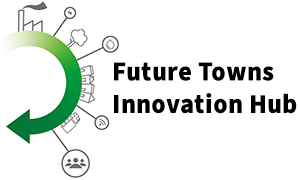The most successful community-led projects happen when people take ownership of improving their own areas. But change is rarely simple.
Mahatma Gandhi, one of history’s most influential leaders, understood that people often resist change due to their attachment to old habits and the comfort of the familiar. Ironically, as he won the trust of the British, many of his own people began to reject him.
This paradox of resistance isn’t just a historical phenomenon – it happens even in smaller-scale community projects, where the very individuals pushing for change may be the ones most reluctant to it.
So how do you navigate these challenges?
A valuable tool for managing change is Kurt Lewin’s Force Field Analysis. Lewin’s model breaks change down into three essential steps: unfreeze the current state, make the change, and refreeze the new reality.
In simpler terms, to drive meaningful change in your community:
- Strengthen the forces driving change.
- Weaken the forces resisting change.
- Create new forces for change.
By recognising and working with these dynamics, your community can move beyond resistance and step boldly into the future - together.
Example drivers (forces supporting change)
- Strong leadership & vision
- Clear objectives
- Skilled & motivated team
- Support from senior management
- Effective communication
- Regulatory compliance benefits
Example resisters (forces opposing change)
- Lack of stakeholder buy-in
- Limited budget / resources
- Resistance to change
- Conflicting priorities
- Technical limitations
- Organisational bureaucracy
Take action
Describe the forces for and against change:


Please sign in or register to make a comment.